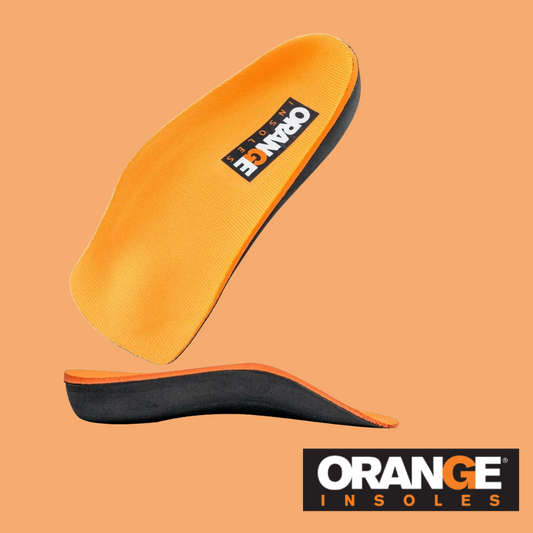Winter's arrival transforms our world into a cool, festive playground, but it also brings slippery sidewalks and icy roads. The season, while enchanting, requires us to step up our safety game. Here's how you can take control and safeguard yourself against common winter hazards.
Tackle Ice with Confidence:
One of the most common winter injuries is due to slipping on ice. Icy pavement and roads can be treacherously slick. Despite their prevalence, you can actively prevent these accidents:
Prevention tips:
- Wear shoes with good traction, maybe a pair of boots or snow shoes.
- Walk carefully on icy surfaces. The moment you step out of the house, treat all paths as potentially slippery.
- Salt your driveways and walkways to help melt the ice. Adding sand can also improve traction.
- Consider using insoles in your shoes so that you can have better support and stability.
Master the Winter Sports:
Winter sports, from skiing and snowboarding to ice skating, are exhilarating yet risky. Take these proactive steps to enjoy safely:
Prevention tips:
- Wear appropriate footwear and protective gear such as a helmet.
- Match your skill level to the right slopes and rinks. An injury is not worth a picture for social media.
- For ice skaters, wear insoles in your skating boots to improve comfort and balance especially if you have flat feet.
Read more: Arch Support On The Slopes: Ski Boots and Insoles
Prevent Frostbite and Hypothermia
People don’t realize the severity of extreme cold. Frostbite happens to your skin and other tissues in the body when they are frozen. A bad case of frostbite can lead to amputation of your extremities (fingers and toes). Hypothermia is when your body temperature drops below normal functioning temperature. Your heart rate can go extremely low and if this goes on, it could completely stop. While you’ll probably never be in a situation that results in these worst case scenarios, it’s good to be cautious, just in case!
Prevention tips:
- Dress in layers to trap body heat. If you don’t have access to a heating source, you want to prevent body heat from escaping. Insulation is key.
- Protect your extremities with thick gloves, thick socks, and a hat. Winter scarves also keep you warm.
- Avoid going outdoors for too long especially when there are public warnings about extreme cold weather. Don’t be too complacent with wearing “enough” layers to keep you warm. Sometimes the temperature can drop dangerously low without warning.
- Stay dry at all times. If you do get wet, change clothes immediately or remove the wet clothes even if your next change of clothes is thinner. Water makes you lose body heat 20-25 times faster.
Winter Driving Accidents
Winter driving is extra hazardous due to reduced visibility and slippery road conditions. Unless you’ve got chained tires or vehicles specifically designed for driving in snow and ice, it is best to take preventive measures.
Prevention tips:
- Don’t drive. When there is an advisory to stay indoors, you will be safer staying at home instead of driving on icy roads.
- Have the appropriate tires. If you are new to a place with winter, check with your local auto shop to see if your tires are designed for winter driving.
- Drive slowly and cautiously. Even if it doesn’t look like there are any other cars, the low visibility might give you the assumption of empty roads. Some roads are more slippery than others and it’s not easily distinguishable by the naked eye, so go slow!
Keeping Safe and Ready
While winter poses risks, being proactive in your approach ensures a safer season. Dress appropriately, stay informed about weather conditions, and maintain physical readiness for winter activities. Keep emergency contacts handy, including smart devices with fall detection. By taking these steps, you'll not only stay safe but also fully enjoy winter's magic.
Not sure what insoles would be best for your winter activity of choice? Try our Insole Quiz!

























































